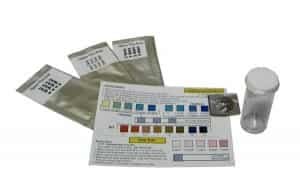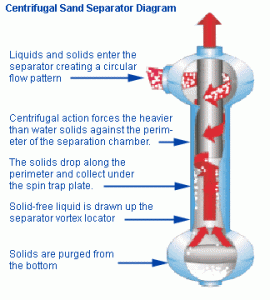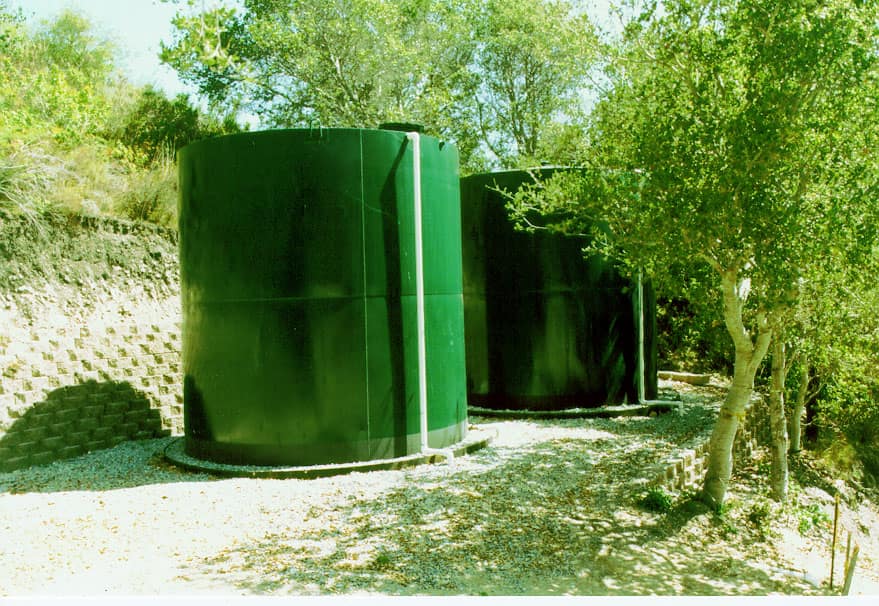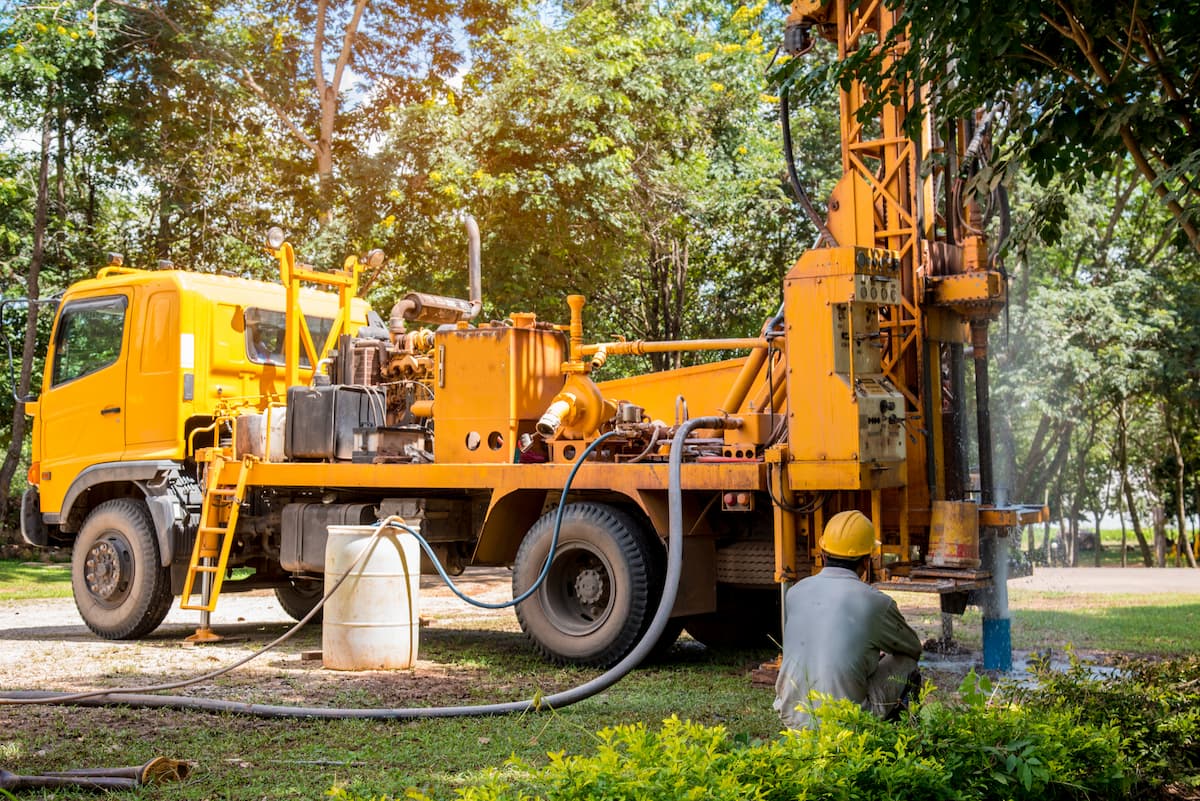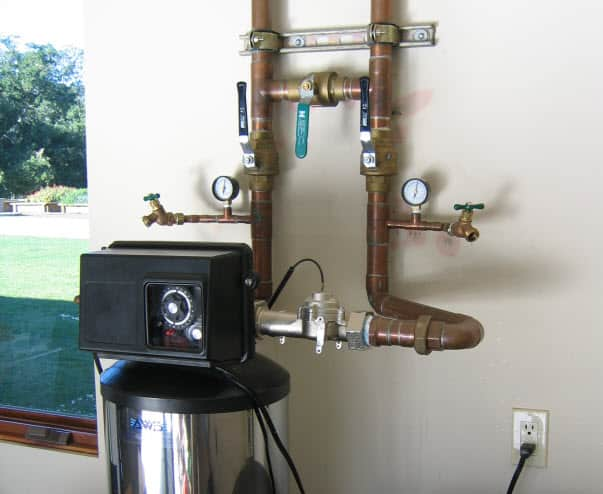Removing Sand And Sediment From Well Water And The Four Most Effective Systems

Sand and sediment in well water are often a serious problem for many people using well water, and they can cause rapid deterioration of fixtures and appliances.
Sand and sediment may cause piping to plug up with sludge, resulting in a loss of pressure in your home. Fixtures and taps can become worn out, and home appliances, including washing machines, wear out ahead of their time.
Thankfully, there are many kinds of low-cost well water filters that work well to clear out sand and sediment as long as certain guidelines are observed. This article discusses the best systems for eliminating sand and sediment using well water filters designed for this issue.
Step One: Identify the kind of sand or sediment existing in the water
The initial step should be to determine if the sand and sediment are coming from the well or within your home from decaying pipes or fixtures.
If your home has galvanized iron pipes, corrosion may cause the coating in the pipe to wear off and add what appears to be sediment to the water. An additional common cause of sediment in domestic water is the corrosion of the water heater tank. Most tank-type water heaters contain a glass lining, which degrades with time and may appear as pieces of sand or hard, glass-like sediment.
The anode rod in the water heater can also corrode, and brown sand-like particles may appear inside the faucets and appliances. If the washing machine is getting clogged but an inspection of the lavatory flush tank reveals no sediment, then the sediment may very well be coming from the water heater tank.
Try running the water directly from the well to see if you can identify sediment in a white bucket.
Step Two: Get your water tested
The second step is to have the water tested for iron, manganese, hardness, tannin, sulfates, and turbidity.
If feasible, have the lab perform a particle count to determine the number of particles in the water. If your water is high in iron, manganese, sulfates, or tannin or possesses an odor of sulfur or ‘rotten eggs,' then further treatment other than sediment filter systems becomes necessary.
Well water filters intended for sediment and sand removal aren't appropriate for most water that contains iron and manganese because the iron and manganese are dissolved in the water and are not actual particles that can be filtered.
Step 3: Choose the most effective well water filters
Choose between 4 types or combine the 4 for maximum performance and low maintenance:
Centrifugal Sand Separators: The sand separator works on the principle of centrifugal force, removing over 98% of all 200 mesh-sized particles (74 microns) and greater.
There are no moving parts to wear out, screens, cartridges, cones, or filter elements to clean or replace. The separator must be periodically purged, which is best done while the system is operating and the water flows.
The accumulation of sand can then be manually flushed out by opening a ball valve at the bottom of the separator or periodically automatically flushed out by an auto flush valve.
Rusco Spin Down Filter Screens
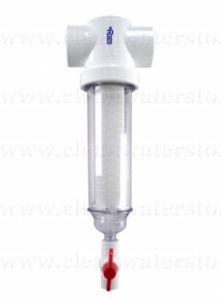 Spin-down filters use a screen to filter out and trap coarse sand and sediment.
Spin-down filters use a screen to filter out and trap coarse sand and sediment.
Periodically, the spin-down filter manual flush valve needs to be opened, and any accumulated sediment needs to be flushed out.
Unlike finer micron filter cartridges that need to be changed or cleaned, the spin-down filter cartridge lasts a long time and does not usually need to be removed and cleaned; it is only flushed by opening the bottom valve.
Use the coarsest mesh (typically 30 to 60 mesh) deemed acceptable to filter the materials you want to remove. This will help extend the life of your system and reduce the frequency with which the filter requires cleaning.
Micron-Rated Sediment Filter Cartridge Systems

Household well water filters that take out particles 5 microns in size will also take out 99% of the particles found in most well water. A 1-micron filter or an ultra-filter system that filters down to less than 0.1 microns is required in some cases.
Start with the biggest dimensions that will work for your application to minimize costs and reduce servicing demands.
Auto-Backwash Sediment Filtration Systems

In some cases, if the well water has both sand and sediment, a centrifugal sand separator is first in line, followed by a sediment backwash filter.
These types of filter systems use either a filter and media or a combination of sand and anthracite coal to filter the water right down to the ten-micron range.
Ceramic filter media devices are also available that will filter the water down to 5 microns and auto-wash. A centrifugal sand separator operates by spinning the water in a circular motion, causing large particles to fall toward the bottom part of the separator, where they are easily flushed out.
If you have questions, don’t hesitate to e-mail us at support@cleanwaterstore.com, leave us a message on Facebook, Thanks for reading!
Frequently Asked Questions (FAQs)
1. What causes sand and sediment in well water?
Sand and sediment can enter your well water from natural sources underground, loose soil surrounding the well casing, or aging plumbing fixtures like galvanized pipes or a deteriorating water heater.
2. Is sand in well water dangerous?
While sand isn’t harmful to human health, it can damage your plumbing system, clog fixtures and appliances, and increase maintenance and replacement costs over time.
3. How do I know if sand is coming from my well or plumbing?
Try collecting water directly from the well before it enters your home using a white bucket. If sediment appears, it’s likely coming from the well. If not, corroding pipes or your water heater may be the cause.
4. What’s the difference between sand and sediment?
Sand consists of larger, heavier particles typically sourced from the well casing or aquifer, while sediment can include finer particles, rust, mineral buildup, or organic material that forms from pipe corrosion or aging water heaters.
5. Can I use a regular water filter to remove sand?
No. Standard cartridge filters are often too fine and will clog quickly with sand. A centrifugal sand separator or spin-down filter is more appropriate for large-particle removal.

